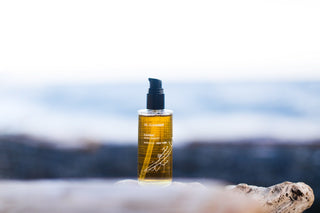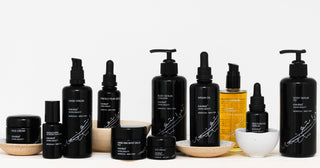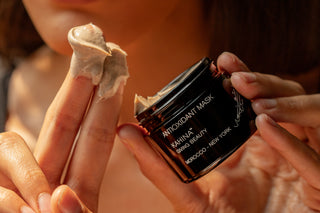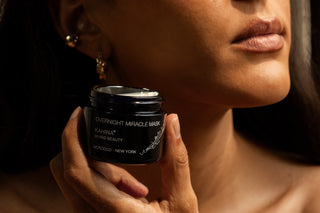We start the day at the fish market where we pick out 8 pounds of various fish to bring to Zaina to cook for us. I thought we would just grab a few sardines to grill to make it easy on her, but Majid and Mohammed look shocked at the suggestion and continue to select several large whole fish along with sardines for grilling, and two different kinds for frying. I can only imagine what kind of reception I would give someone who arrived at my home bearing this haul of fresh fish for me to cook, but Zaina graciously welcomes us and disappears into the kitchen while I entertain her children with gifts I have brought for them - a Spiderman action figure for Hussem, a sweet 5-year old boy and a beading set for Sahem, a lovely 8-year old girl. I am rewarded with constant hugs by the children who don't leave my side. Soon a feast of perfectly prepared fish - whole steamed fish with vegetables, fried fish and my grilled sardines. Plates of chopped beets, cucumbers, tomatoes and rice are served first along with a yogurt drink containing chopped argan nuts and large flat disks of bread to help scoop up the food with our hands.
After lunch, we drive to a nearby cooperative to visit the women working there. This group is one of several from which Zaina sources her oil, including her own - Ecocert demands that an argan oil manufacturer employ at least 200 women and so most must source from a number of women's cooperatives. Often associations of argan cooperatives are formed for this purpose. The cooperative we visit employs about 15 women who greet us warmly. As usual they talk and laugh as they crack and churn the nuts. There is a schoolroom next to the chamber where the women are working. The students here, children of all ages, are the children of the women of the cooperative. They each have only a small chalkboard and a piece of chalk to work with. They need electricity, paper and pencils, and workbooks.
A trip to the Moroccan cooperatives is never complete without a trip to see the livestock which is typically another source of income for the women. They sell the milk from the goats.
Blog
A visit to an argan cooperative near Agadir
More Stories

Kahina Essentials for Summer-Ready Skin
As the weather warms and the days stretch out, your skin starts sending new signals. It’s craving hydration but without the weight. It wants to glow but without the makeup,...

Kahina Named Best US Natural and Organic Brand by Beauty Shortlist
For the seventh time, the Beauty Shortlist Awards have recognized our products among the best, including Best Argan Brand and Best Natural/Organic Brand - USA. These globally respected awards...

This Product Keeps Flying Off the Shelves!
“THE BEST" "This is a hero product! It is gentle and yet so very effective. It has a subtle aroma. It has such fine granules, gentle enough for daily use....

Our Award Winning Moisture Mask Got A Makeover
“I’ve experienced my skin firming up, especially around the cheeks and eye area. I love the list of ingredients. My skin can’t seem to get enough of it. I am...

